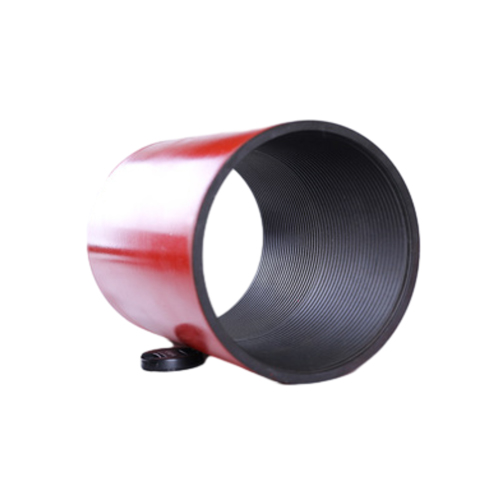- Afrikaans
- Albanian
- Amharic
- Arabic
- Armenian
- Azerbaijani
- Basque
- Belarusian
- Bengali
- Bosnian
- Bulgarian
- Catalan
- Cebuano
- Corsican
- Croatian
- Czech
- Danish
- Dutch
- English
- Esperanto
- Estonian
- Finnish
- French
- Frisian
- Galician
- Georgian
- German
- Greek
- Gujarati
- Haitian Creole
- hausa
- hawaiian
- Hebrew
- Hindi
- Miao
- Hungarian
- Icelandic
- igbo
- Indonesian
- irish
- Italian
- Japanese
- Javanese
- Kannada
- kazakh
- Khmer
- Rwandese
- Korean
- Kurdish
- Kyrgyz
- Lao
- Latin
- Latvian
- Lithuanian
- Luxembourgish
- Macedonian
- Malgashi
- Malay
- Malayalam
- Maltese
- Maori
- Marathi
- Mongolian
- Myanmar
- Nepali
- Norwegian
- Norwegian
- Occitan
- Pashto
- Persian
- Polish
- Portuguese
- Punjabi
- Romanian
- Russian
- Samoan
- Scottish Gaelic
- Serbian
- Sesotho
- Shona
- Sindhi
- Sinhala
- Slovak
- Slovenian
- Somali
- Spanish
- Sundanese
- Swahili
- Swedish
- Tagalog
- Tajik
- Tamil
- Tatar
- Telugu
- Thai
- Turkish
- Turkmen
- Ukrainian
- Urdu
- Uighur
- Uzbek
- Vietnamese
- Welsh
- Bantu
- Yiddish
- Yoruba
- Zulu
Stainless Steel Coupling Fittings for Various Piping Applications and Installations
Understanding Coupling Stainless Steel Fittings
In the realm of plumbing and piping systems, the importance of selecting the right fittings cannot be overstated. Among various materials used in fittings, stainless steel has garnered significant attention for its remarkable properties, particularly in coupling applications. This article explores the key features, types, applications, and benefits of coupling stainless steel fittings.
What are Coupling Stainless Steel Fittings?
Coupling fittings are essential components that serve as connectors between two pipes or tubes. They facilitate the seamless flow of fluids and are critical in maintaining the integrity of a piping system. Made from stainless steel, these couplings offer superior resistance to corrosion, heat, and chemical exposure, making them ideal for a wide range of applications.
Types of Coupling Stainless Steel Fittings
Coupling fittings come in various designs, including
1. Straight Couplings These the most common type, allowing two pipes of the same diameter to be connected in a straight line. They are available in threaded or slip styles, depending on the specific requirements of the installation.
2. Reducing Couplings These fittings are designed to connect pipes of different diameters. They are particularly useful in systems that require a change in pipe size, ensuring a smooth transition for fluid flow.
3. Union Couplings Unique in their ability to be easily disassembled, union couplings consist of three pieces two end fittings and a middle nut. This feature makes them ideal for applications where maintenance or replacement is necessary.
4. Socket Weld and Butt Weld Couplings These types are welded to the pipes, providing a strong and permanent bond. They are commonly used in high-pressure systems where the integrity of the connection is paramount.
Applications of Coupling Stainless Steel Fittings
Coupling stainless steel fittings find extensive use across a variety of industries, including
coupling stainless steel fitting

- Construction and Civil Engineering In water supply and drainage systems, these fittings provide reliable connections that can withstand environmental stresses.
- Food and Beverage Industry Maintaining hygiene is crucial in food processing; hence, stainless steel fittings are preferred due to their non-reactive nature.
- Chemical Processing The resistance of stainless steel to corrosive agents makes it the material of choice for chemical transportation and storage systems.
- Oil and Gas High-temperature and high-pressure conditions are common in the oil and gas sector, and stainless steel couplings excel in these challenging environments.
Benefits of Using Coupling Stainless Steel Fittings
1. Corrosion Resistance One of the most significant advantages of stainless steel is its resistance to rust and corrosion, which is especially important in environments exposed to moisture or chemical processes.
2. Durability and Strength Stainless steel fittings are known for their strength and durability, capable of withstanding high pressures and impact without failure.
3. Low Maintenance Due to their resistance to scaling and corrosion, stainless steel fittings generally require less maintenance over their lifespan compared to other materials.
4. Versatility The varying types of coupling fittings provide great flexibility to engineers and designers, facilitating their use in diverse applications.
5. Sustainability Stainless steel is a recyclable material, contributing to greener construction practices and reduced environmental impact.
Conclusion
Coupling stainless steel fittings are indispensable components in various piping systems, thanks to their strength, durability, and corrosion resistance. With multiple types available, these fittings play a crucial role in ensuring efficient fluid transport across various industries. Understanding their characteristics and applications will help industries choose the right fittings for their specific needs, leading to improved performance and reliability in their piping systems.
-
Tubing Pup Joints: Essential Components for Oil and Gas OperationsNewsJul.10,2025
-
Pup Joints: Essential Components for Reliable Drilling OperationsNewsJul.10,2025
-
Pipe Couplings: Connecting Your World EfficientlyNewsJul.10,2025
-
Mastering Oilfield Operations with Quality Tubing and CasingNewsJul.10,2025
-
High-Quality Casing Couplings for Every NeedNewsJul.10,2025
-
Boost Your Drilling Efficiency with Premium Crossover Tools & Seating NipplesNewsJul.10,2025







